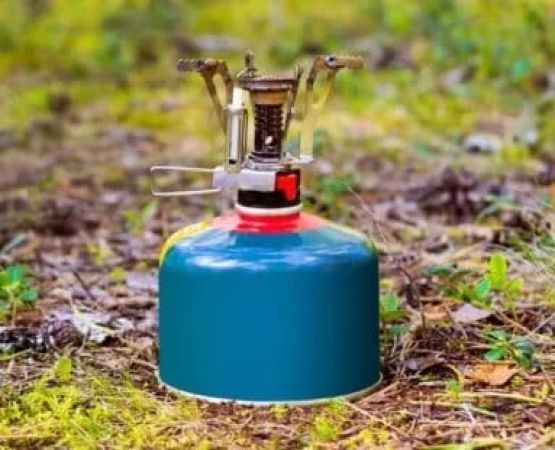How to Build a Campfire for Warmth and Cooking: A Step-by-Step Guide for Outdoor Adventures
- Step-by-Step Instructions for Building a Campfire
- Campfire Safety Tips
- How to Use a Campfire for Cooking
- Personal Travel Experience: Campfire Stories
- Expert Recommendations for Campfire Success
1. Step-by-Step Instructions for Building a Campfire
Building a campfire is both an essential skill and a rewarding experience for any outdoor enthusiast. Whether you're camping in the wilderness or enjoying a backyard retreat, learning how to build a campfire for warmth and cooking is crucial for comfort and safety. Here’s how to do it:
1.1 Gather Your Materials
The first step is to collect the right materials for your campfire. You’ll need three main components: tinder, kindling, and fuel. Tinder can be dry leaves, small twigs, or even some paper. Kindling includes small sticks or branches that will catch fire quickly. Finally, the fuel consists of larger logs that will keep the fire going for longer periods.
1.2 Create the Fire Pit
Choose a safe location for your fire—preferably a designated fire pit at a campground or a cleared area away from trees and shrubs. Dig a shallow pit to contain the fire, and surround it with rocks to keep it under control. If rocks aren't available, you can use metal fire rings commonly found at campsites.
1.3 Arrange the Wood
The most effective way to stack your firewood is by using the teepee or log cabin method. For the teepee, place your tinder in the center, then arrange the kindling around it in a cone shape. The log cabin method involves stacking larger logs in a square formation around the kindling, allowing for good airflow.
1.4 Ignite the Fire
Light the tinder using a match or lighter, and watch as it catches the kindling. Once the fire starts, add more kindling and gradually introduce larger logs. Keep an eye on the fire, adding wood as needed, and adjust the structure to maintain a steady flame.
2. Campfire Safety Tips
While building a campfire can be fun, it's essential to follow safety guidelines to prevent accidents. Here's how to keep your campfire safe:
2.1 Keep a Safe Distance
Always maintain a safe distance between your campfire and anything that could catch fire, such as tents, trees, or dry grass. Never leave the fire unattended, especially in windy conditions.
2.2 Extinguish Your Fire Properly
When you're ready to end your campfire, make sure to fully extinguish it. Use water or dirt to douse the fire completely, ensuring that no embers remain. Stir the ashes to confirm that the fire is out before leaving the area.
3. How to Use a Campfire for Cooking
Once your campfire is roaring, it's time to use it for cooking. Here are some tips for preparing meals over the fire:
3.1 Cooking with Direct Heat
For cooking directly over the flames, you can skewer marshmallows, hot dogs, or vegetables onto a long stick. Hold them over the fire, turning occasionally until they're cooked to your liking.
3.2 Using a Cooking Pot or Pan
If you want to cook more elaborate meals, place a cast-iron skillet or pot over the campfire. Make sure to use a grate or rocks to lift the pot slightly above the flames to control the heat. This method is perfect for making stews, frying eggs, or heating up soup.
3.3 Campfire Cooking Recipes
Try cooking foil packets with potatoes, carrots, and chicken, or bake a campfire pizza by placing dough and toppings on a hot rock. The possibilities are endless, and campfire cooking adds a unique flavor to your meals.
4. Personal Travel Experience: Campfire Stories
On a recent camping trip in the Canadian Rockies, we set up camp next to a serene lake. As dusk fell, we gathered around our fire, which crackled and danced under the darkening sky. We roasted marshmallows, told stories, and enjoyed the warmth of the fire. It was a perfect evening, and the glow of the campfire provided comfort in the cold mountain air.
4.1 A Story from the Trail
During another adventure, we were caught in a sudden storm while backpacking in the Swiss Alps. Our campfire not only provided warmth but also helped us dry our clothes and prepare hot meals. That experience taught us just how crucial a reliable campfire can be when you’re out in the wild.
5. Expert Recommendations for Campfire Success
According to outdoor experts, the best time to build a campfire is when the sun starts to set, giving you enough light to gather materials and set up. Additionally, they recommend always having a fire starter kit, which can include waterproof matches, a firestarter block, and tinder. This can be a lifesaver if conditions are wet or windy.
5.1 Essential Gear for Building a Campfire
Some essential gear includes fire starters, a shovel to dig a fire pit, and a fire extinguisher or water source in case of emergencies. Ensure you have enough dry wood, and if you're in a particularly wet environment, consider packing some firestarter sticks or magnesium shavings to get the fire going.
5.2 Local Regulations
Always check local regulations regarding campfires. In some areas, campfires may be restricted due to fire danger, so it's important to respect the environment and follow safety protocols.






